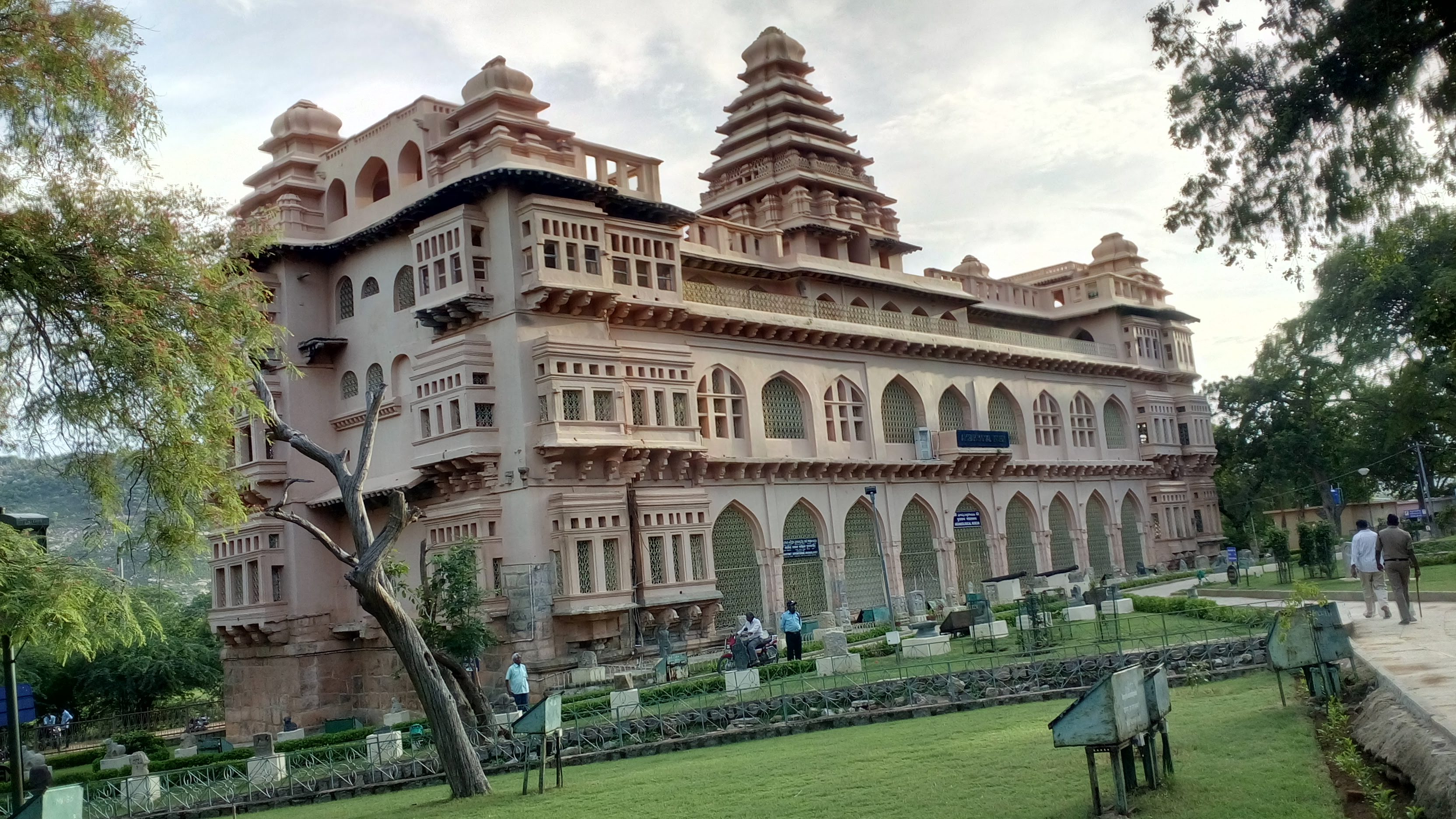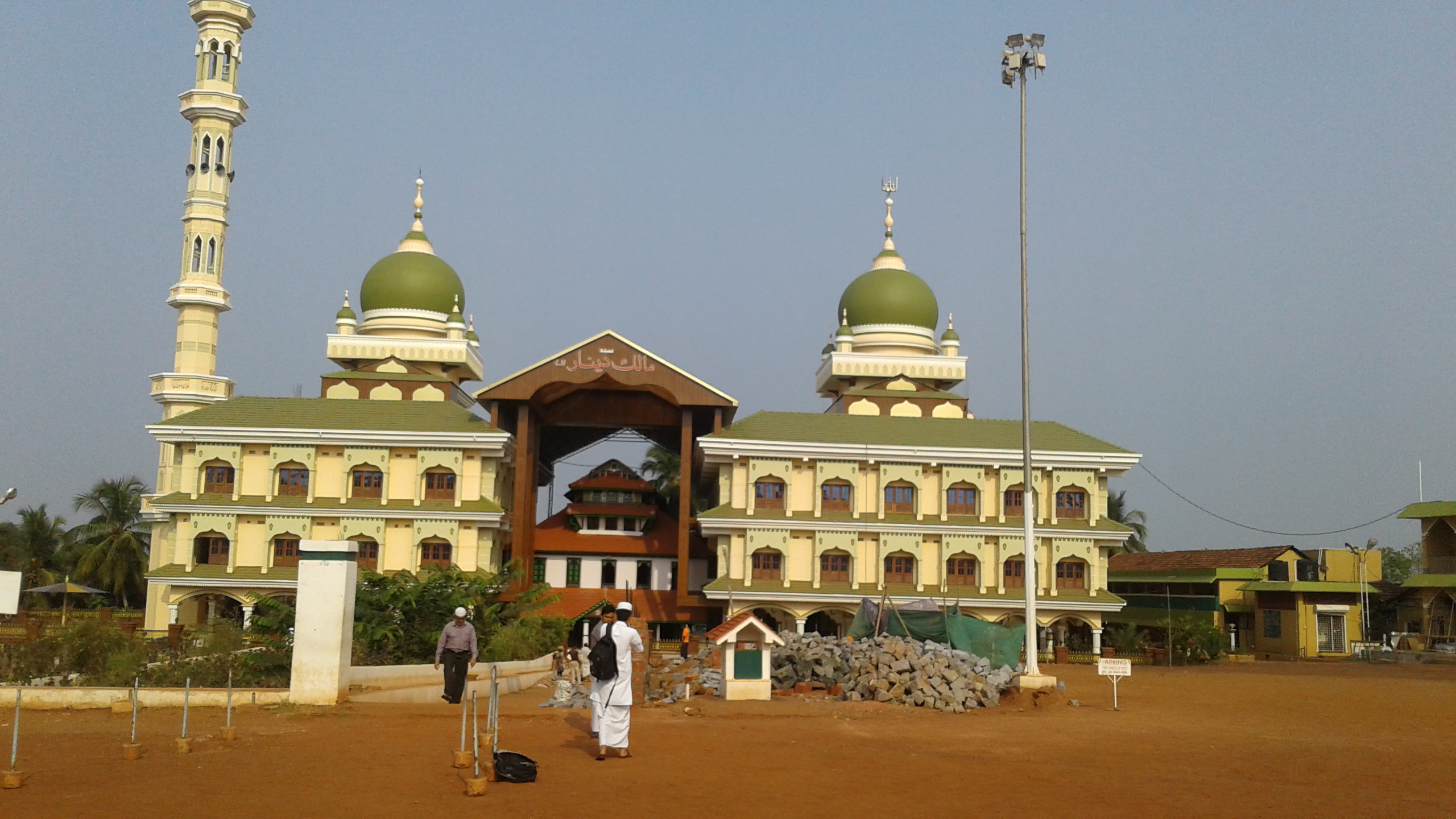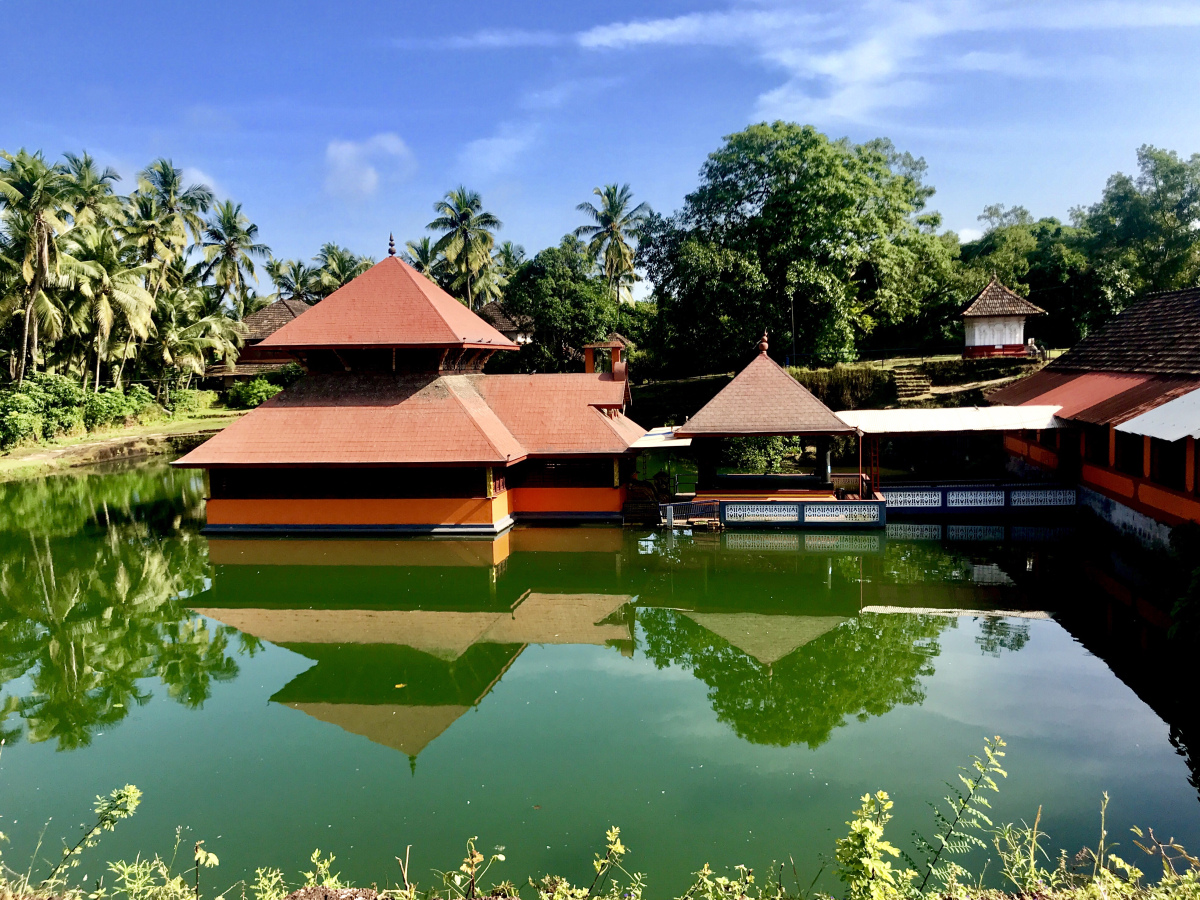Historic Places to Visit in Bekal
Bekal is undoubtedly the heaven for nature lovers. But if you want to explore a bit more, and your interest lies in history which is all around and seems never-ending, you are in the right place. Bekal has several historically significant sites which go beyond the colonial era. We have shortlisted a few of them to make your vacation more interesting.
Bekal Fort

Distance from Kasargod Railway Station: 15.9 km
Bekal Fort is the most renowned heritage site in Kasargod. The fort is famous for being the location of iconic song ‘Uyire’ from the Mani Ratnam film – Bombay. Bekal Fort was built over 350 years ago in 1650 AD for the sole purpose of defence. The architecture of the fort doesn’t try to hide its defensive strategy at all.
Bekal Fort has a keyhole-shaped lofty structure. One can have views of the sportlifepower coastline and nearby towns including Kanhangad, Pallikkara, Bekal, Kottikkulam, and Uduma from the centre of the fort. It also has a high observation tower which was formerly used for placing cannons.
Its grand architecture’s sole focus is defence, hence has a zigzag entrance and trenches around it, and doesn’t have a palace or mansion. Bekal Fort has several clever features including a water tank with steps, a tunnel opening towards the south, and a magazine for keeping ammunition leading towards observation tower.
It is the largest fort in Kerala, spreading over 40 acres. The majestic beauty of it comes from its location as the fort has three-quarters of its exterior in contact with water, and the fort looks like that it is emerging from the sea. Bekal Fort has witnessed several rulers over three centuries from Indian Royal dynasties to Colonial rulers.
The best time to visit Bekal Fort is right after the monsoon has begun. The surroundings are covered in saplings of vegetation at this point.
Chandragiri Fort

Distance from Kasargod Railway Station: 7.2 km
Unlike many of the historically important sites, Chandragiri Fort isn’t preserved in its glorious state. The fort is in ruins now which ironically add to its beauty. It may not look the same as before, but it is a sight to behold.
Chandragiri Fort was built on the shore of Payaswini River, also known as Chandragiri River, in the 17th century and it has a rather colourful history. In ancient days, the river defined the border between two of the powerful kingdoms of the time – Kolathunadu and Thulunadu.
When Thulunadu was captured by the Vijayanagara Empire, the Kolathunadu dynasty couldn’t save the Chandragiri region. When Vijayanagara Empire fell in the 16th century, Shivappa Nayaka of Ikkeri took over the region. He built a chain of forts, and Chandragiri Fort is part of that chain.
Chandragiri Fort is a squarish one that spread across seven acres and is 150 feet above sea level. People often visit the fort for the view of the estuary of Chandragiri river and sea. The palm trees and mangroves on the side of the river add to the beauty. Local boat clubs offer boat rides through the river as well to make the most of the view.
Malik Dinar Mosque

Distance from Kasargod Railway Station: 1.7 km
The Malik Dinar Mosque is said to be one of the oldest mosques of the world named after the man who brought Islam religion to India over 1500 years ago. He is said to be a direct disciple of Prophet Mohammed. The grave of Malik Dinar is at this very mosque and hence it is considered sacred for the Muslim population of Kerala.
The mosque is built in a typical Kerala architecture and is maintained to that way till day even after several renovations. Wooden beams and pillars of the mosque have carvings in Arabic. The mosque and its campus are one of the most peaceful places on earth, as maintaining silence are recommended by the administration. An annual celebration is held at the Malik Dinar Mosque to honour the arrival of the first group of traders.
Ananthapura Lake Temple

Distance from Kasargod Railway Station: 13.9 km
As the name suggests, the temple is in the middle of a lake that is 302 feet deep. It is the only lake temple in Kerala. The ruins around the current temple premises suggest that it was part of a larger building and it dates back to the 9th century. The sreekovil (sanctum sanctorum), namaskara-mandapam, shrines of Jala-Durga and the entrance of the cave are located in the lake. And the lake has a supply of spring water throughout the year.
The temple is connected to the folklore and culture of the village. The principal deity of the temple is Lord Vishnu. It is said to be the original home of Ananthapadmanabha (an avatar of Lord Vishnu), the deity of Sri Padmanabhaswamy Temple in Thiruvananthapuram. This also happens to be the only temple where the statue of Lord Vishnu is seen seated on the serpent god Adishesha.
The original idols of the temple weren’t made of metal or stone, but a combination of over 70 medicinal materials collectively called as kadu-sharkara-yogam. But they were replaced by panchaloha (five metals) in 1972.
The wood carvings in the temple depicting the stories of Dashavatharam (the ten incarnations of Lord Vishnu), the Nava-grahas (nine planets), and dwaara-palakas (Jays and Vijaya) are exceptional. The lake temple is open to all visitors regardless of caste.







 +91 7025488222
+91 7025488222